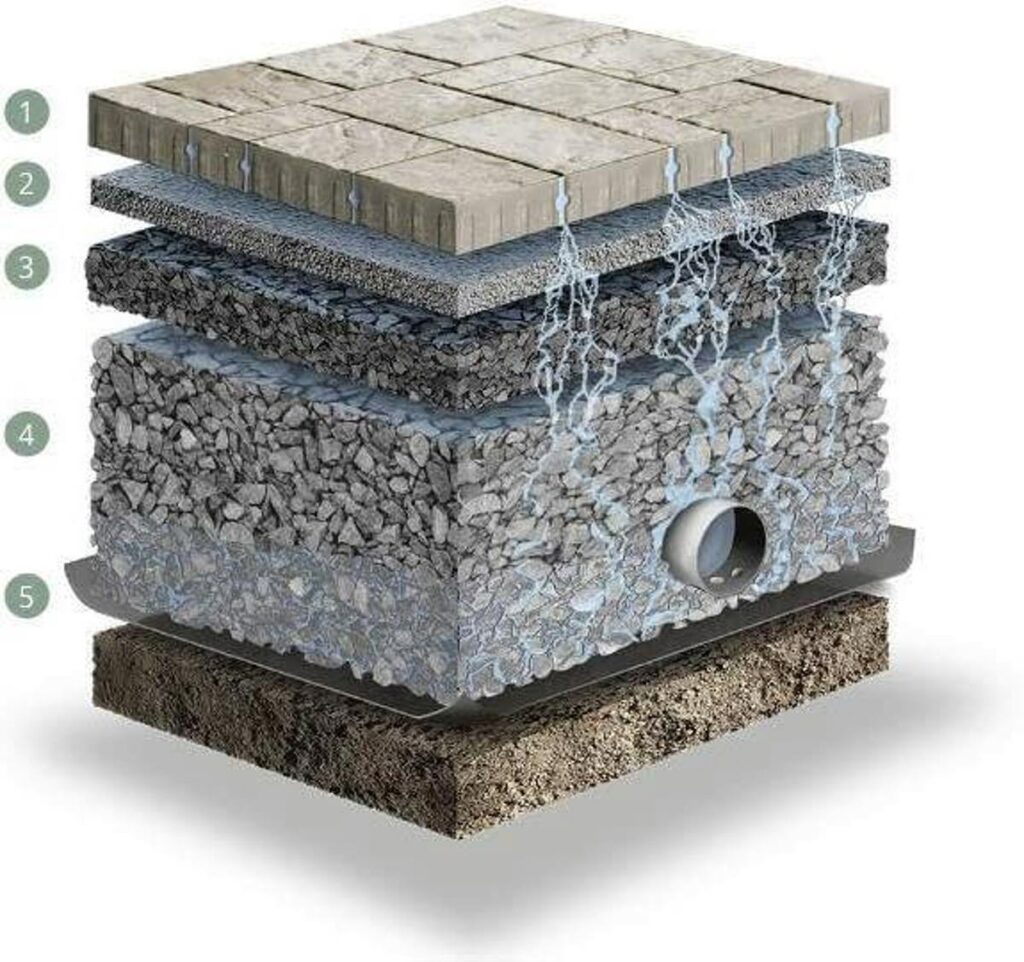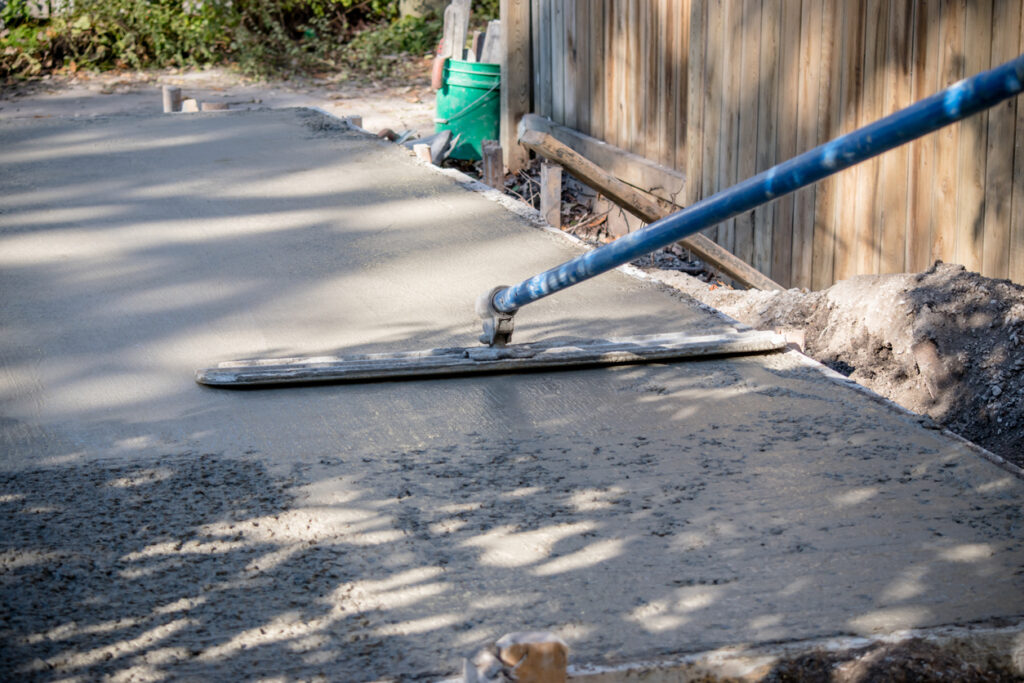Concrete in Winter: Don’t Overlook These 4 Simple Things
Cold and concrete aren’t best friends. But they can work together. Temperature has an enormous impact on concrete. Keep these 4 things in mind as you extend your pour season into Winter.
Cold Tools and Forms
It’s easy to leave tools or a form exposed to the elements. Anything left outside will become cold, which could mean trouble for your concrete. Cold surfaces (or even rebar reinforcement) in contact with warm concrete, creates a temperature gradient. These temperature gradients alter the way concrete sets up, potentially compromising its performance.
Placing Concrete on Frozen Ground
As water freezes it swells. Ground that is saturated with moisture works the same way. If you pour a slab or footer on frozen ground, the ground underneath is liable to change shape as it defrosts. This can cause settling, which often leads to cracks in the concrete. These cracks can be either unsightly or a warning sign of deeper structural failure.
If pouring concrete in touch with frozen ground it’s often best to get below the frost line to limit the impacts of settling.

Keep an eye on the time with those shorter winter days
Daylight
Daylight is critical to being able to not only see the work, but provides an invaluable boost to the temperature.
Winter days in the mid-Atlantic can be 5.5 hours shorter than in the summer months. Days are shortest in December, and gradually lengthen through January, February and March. Additionally, the switch in time zones can mean dusk starts before 5 PM.
Two Day Forecast
When working in cold temperatures, it isn’t just one day’s weather you should be watching. Cold slows down the setting time, which could stretch into the next day. Keep an eye on the forecast to ensure that the concrete reaches sufficient strength (3,500 PSI) before exposed to freeze/thaw cycles.
Want to dive deeper on the ins and outs of cold weather concreting: Cold Weather Concreting

SalesCraig Fosque
Latest News

Building a Better Sea Wall
Waterfront property is the best: sea breezes, water access, and views. Unfortunately water and shoreline are always in a bit […]

Stop Building Tunnels for Stormwater
Engineers love big projects. They are statements of competence, and also make big money. However, bigger isn’t always better and […]

Understanding The Installation Costs Of Permeable Pavement
Permeable pavement has emerged as a leading solution in modern construction, known for its environmental benefits and ability to manage […]

What Accessories Do You Need For Working With Concrete?
Working with concrete is an integral part of construction, whether it involves laying foundations, building structures, or creating pathways. The […]
